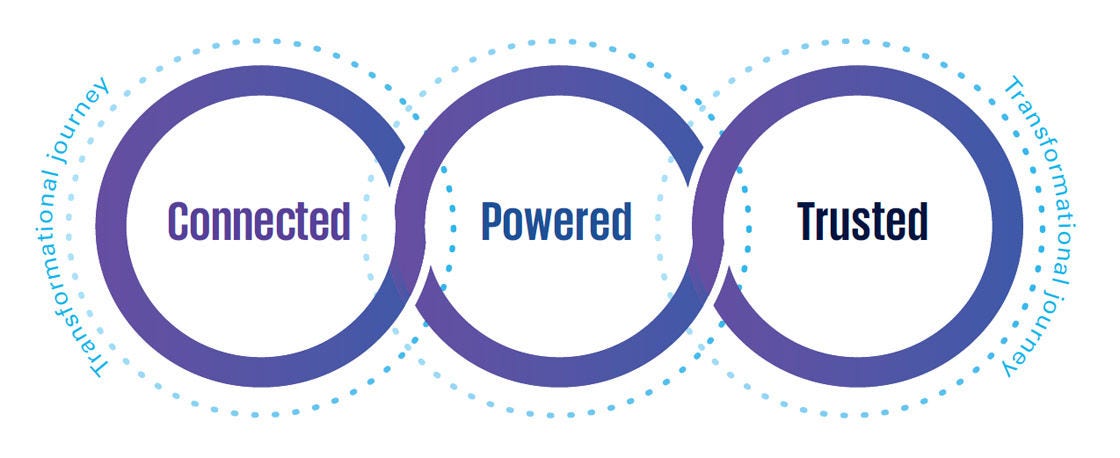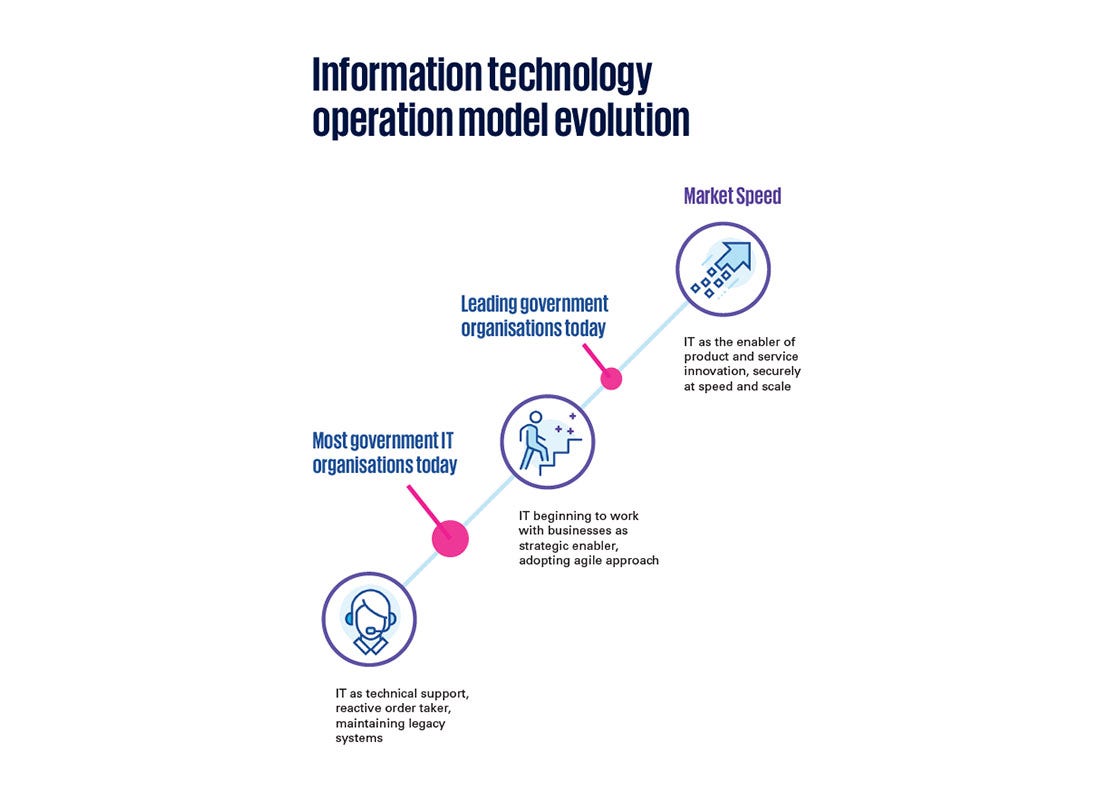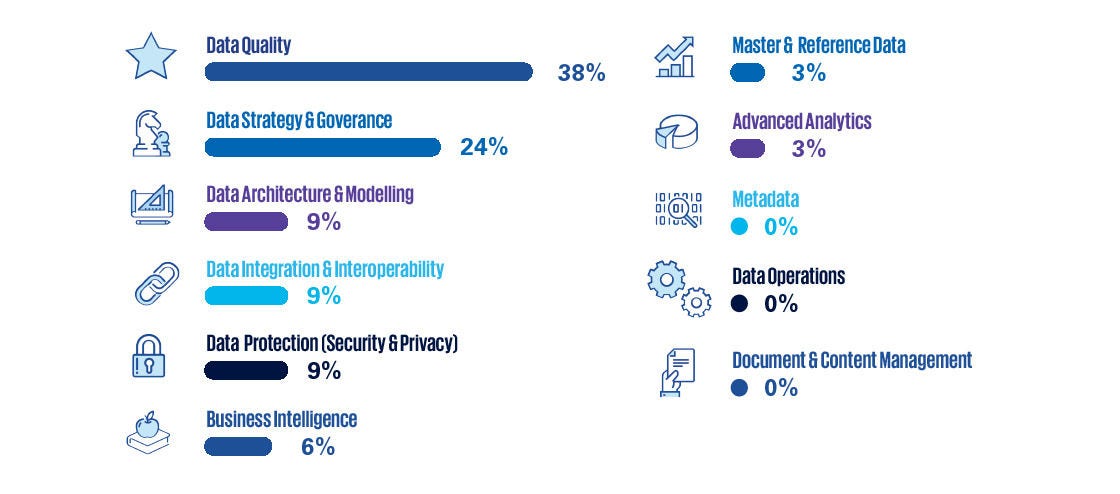We are in an emerging era of modern government that is citizen centric, trusted, agile, digitally enabled, and inspired for future change, writes Cormac Deady, Head of Government, KPMG.
The future of public service has arrived – it is rapid and responsive. In line with direction set in Connecting Government 2030, it is “trusted, human-driven, intuitive and inclusive world leading digital government service”. Modern public service is intelligent and agile, technologies, and platforms, enabling the citizen agenda with solutions that are secure, scalable, cost-effective, and trusted. To modernise, we expect public sector organisations to need a laser focus on being:
- connected for better experiences and to enable faster mission delivery. They are connected to their citizens, their employees, and to each other, with an ability to deliver rapidly, safely, and at scale;
- powered by modern technology and embracing innovations to accelerate digital transformation so the entire organisation – front, middle, and back – is aligned to shift points of interaction to reflect citizen’s needs and preferences; and
- trusted organisations value their citizens and their employees – implementing safeguards to protect their valuable data with the goal of creating transparency, ultimately helping to generate and maintain trust with citizens.










